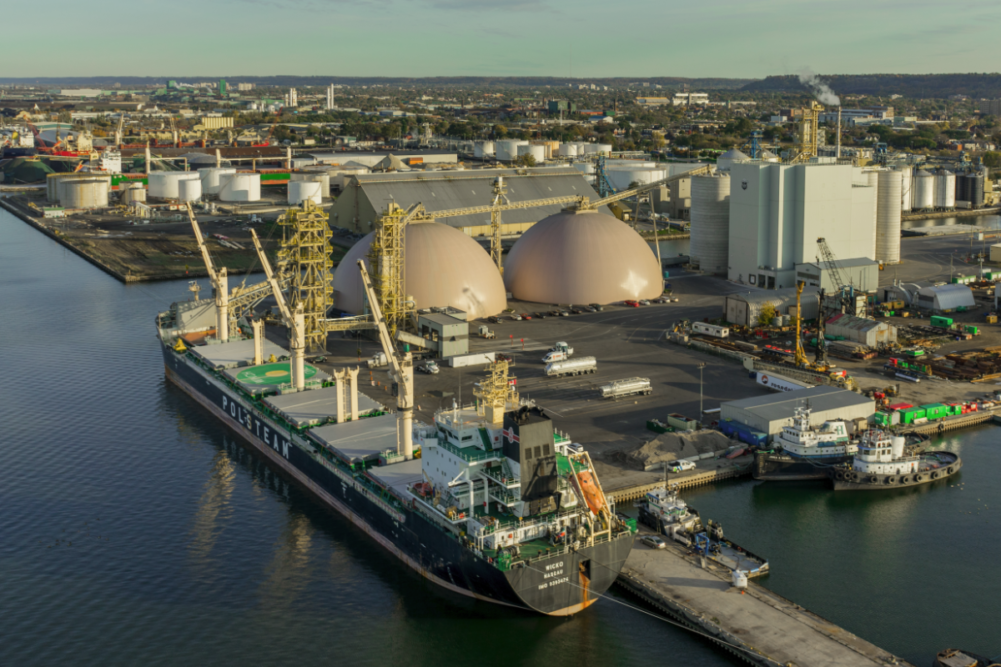OTTAWA, ONTARIO, CANADA — The 2020 grain shipping season picked up in October at Canadian ports and the St. Lawrence Seaway with increased grain exports.
According to the Chamber of Marine Commerce, The St. Lawrence Seaway reported that overall seaway cargo shipments from April 1 to Oct. 31 reached 27.7 million tonnes, a 7.9% dip compared to the same period in 2019.
“In a difficult year like 2020, it’s wonderful to see Canadian grain in high demand around the world,” said Terence Bowles, president and chief executive officer (CEO) of The St. Lawrence Seaway Management Corporation. “The Great Lakes-St. Lawrence Seaway has been a critical export gateway for Prairie grain throughout the year, and Ontario soybean shipments are now well underway. We expect the Ontario soybean harvest to reach record yields by the end of the season. More than 35% has been harvested already.”
Canadian grain shipments are up 21% compared to this time last year and other cargo segments such as iron ore, dry bulk and liquid bulk are down due to the continuing coronavirus (COVID-19) pandemic, the Chamber of Marine Commerce said..
The Port of Thunder Bay has seen a 22% increase of grain exports. Approximately 6.9 million tonnes of grain has been shipped through the port as of Oct. 31.
The Port of Windsor has begun to recover from its slow start from the delayed Seway opening and COVID-19 shutdowns. The ports grain shipments are up 16% compared to 2019. Shipments of steel and general cargo continue to slip due to economic challenges and COVID-19 impacts, the Chamber of Marine Commerce said.
The ports of Hamilton and Oshawa (HOPA) are also seeing positive shipping seasons. Year-to-date grain shipments at the Port of Hamilton totaled 1.5 million tonnes, surpassing last year’s volumes by almost 14%.
“Ontario farmers’ yields are rising, and global markets are hungry for Canadian product,” said Ian Hamilton, president and CEO of HOPA Ports. “This year, we’re really starting to see the benefit of having export facilities bookending the Greater Toronto-Hamilton region, giving farmers choice and convenience in getting their product to port.”






